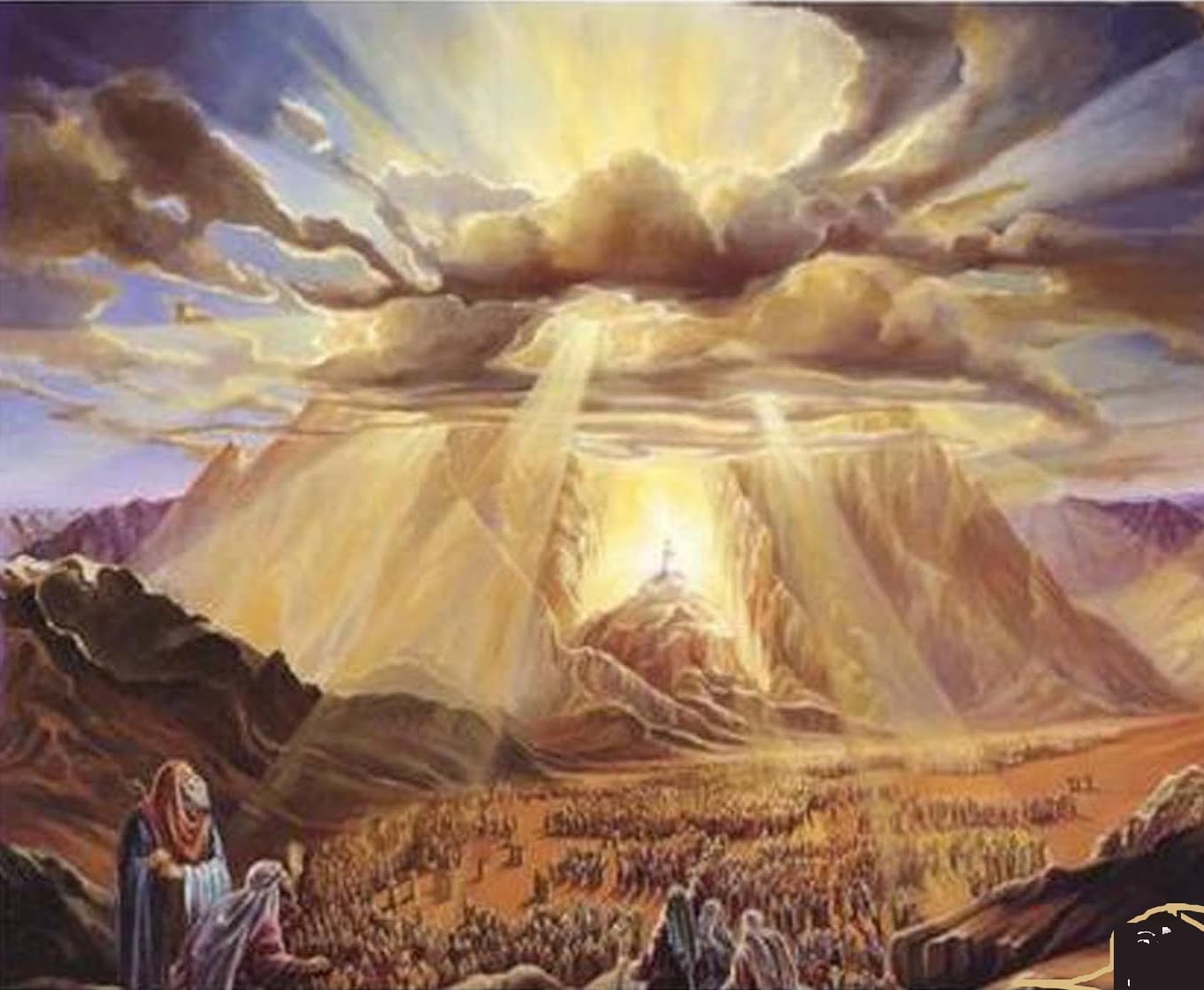by Chaim Weber
The Gemara in Makkos (23b) tells us that Moshe Rabbeinu received 613 mitzvos at har sinai. Aside from the 613 mitzvos, we also have many oral traditions that go back to har sinai. In his introduction to his commentary on the Mishna, the Rambam says that there are two types of oral traditions that go back to har sinai.
One is called peirush hamekubal, explanations that were transmitted orally, going back to har sinai. The second is called halacha l’moshe misinai. Let’s explore these two categories.
Peirush Mekubal
The Rambam defines peirush mekubal as traditions that explain existing chapters in the Torah. These explanations go directly back to har sinai.
Some examples of peirush mekubal include the following:
- Esrog: The Torah tells us to take a “beautiful fruit” on Sukkos. A peirush mekubal tells us that this fruit is an
- An eye for an eye: In two different places, the Torah tells us that as a punishment for causing damage to someone else’s limbs, the perpetrator’s limb is cut off. The more famous of these two is “ayin tachas ayin” – an eye for an eye. A peirush mekubal tells us that this is a metaphor – really, one pays money to compensate the victim.
Although the true explanations of these pesukim were passed down through our mesorah, there are many ways to prove that these explanations are correct from the Torah itself. For example, the Gemara in Sukkah (35a) cites proof that the beautiful fruit that we take on Sukkos must be an esrog.
Similarly, the Gemara in Bava Kamma (83b) brings many proofs from within the Torah to prove that “an eye for an eye” is really a reference to compensation.
These are examples of a peirush mekubal: Explanations that were passed through our mesorah but also have proofs and hints to their existence from the Torah itself.
Halacha L’Moshe Misinai
The second category of tradition going back to har sinai is halacha l’moshe misinai. The Rambam says that unlike peirush hamekubal, a halacha l’moshe misinai has no hint in the Torah and cannot be derived using logic or the 13 middos which were used by chazal to learn halachos from the Torah.
Therefore, by every halacha l’moshe misinai, we would have no way of knowing it without for the specific oral tradition. Some examples of halacha l’moshe misinai include the following:
- Tefillin being square
- Tefillin having black straps
- The measurements required to fulfill various Torah obligations (shiurim). For example, the requirement to eat a k’zayis to fulfill the mitzvah of eating matzah
What do halacha l’moshe misinai and peirush mekubal have in common?
One, of course, they both go back to har sinai.
Secondly, the Rambam notes that unlike other areas of halacha, a peirush mekubal and a halacha l’moshe misinai cannot be disputed. Nobody within our mesorah has ever walked into shul on Sukkos holding an apple instead of an esrog. Similarly, no beis din would ever argue that “an eye for an eye” is meant to be taken literally.
Similarly, the Rambam holds that a halacha l’moshe misinai cannot be disputed. This brings us to a Gemara in last week’s Daf Yomi.
The Gemara in Bava Kamma quotes the unusual case of tzroros: Ordinarily, if your animal damages while walking in private property, you pay the full amount of the damage. However, there is an oral tradition that if your animal kicks pebbles while walking and those pebbles cause damage, you’re only liable for half the value of the damage.
Rashi (Bava Kamma 3b) learns that this is a halacha l’moshe misinai.
The problem is that this halacha is disputed. The Tanna, Sumchos, disputes this halacha and holds that the owner must pay for full damage.
According to the Rambam, how can there be a debate by a halacha l’moshe misinai? Didn’t we say that a halacha l’moshe misinai cannot be disputed?
The Approach of the Netziv
The Netziv (Kidmas Ha’emek 1:2) says that the Rambam disagrees with Rashi and holds that tzroros is not a halacha l’moshe misinai.
The Gemara does say that it is a “halacha that was learned” but that does not mean that it is a halacha l’moshe misinai. Rather, it was a halacha that was passed down through the generations until it was codified. (The Tosfos Yom Tov in Sotah 2:2 has a similar reading.)
This approach is consistent with the language of the Rambam himself when he codifies the halacha of tzroros (Hilchos Nizkei Mammon 2:3).
The Rambam says that when one’s animal causes damage through tzroros, the owner pays for only half the damage because it is a “halacha that was transmitted (m’pi kabbala)”.
He does not mention that it is a halacha l’moshe misinai.
The Approach of the Maharatz Chayes
The Maharatz Chayes says even the Rambam could agree that tzroros is a halacha l’moshe misinai. Perhaps the halacha l’moshe misinai only indicates that tzroros is included in the realm of damages, even though the damage happens indirectly.
The halacha l’moshe misinai didn’t dictate whether the payment has to be for the full damage or only half; that is a debate amongst the Rabanan and Sumchos. However, the principle idea that one is liable for the indirect damage of his animal, that is undisputed.
The Rambam in his commentary on Eduyos (8:7) agrees with this premise. There, he indicates that there can be a halacha l’moshe misinai on a general concept but that details of the concept can be subject to debate.
Bottom line, both interpretations in the Rambam could be correct.
It could be that tzroros is not a halacha l’moshe misinai to the Rambam, unlike the opinion of Rashi. It could also be that even if tzroros is a halacha l’moshe misinai, its details can still be disputed, like the Maharatz Chayes.











